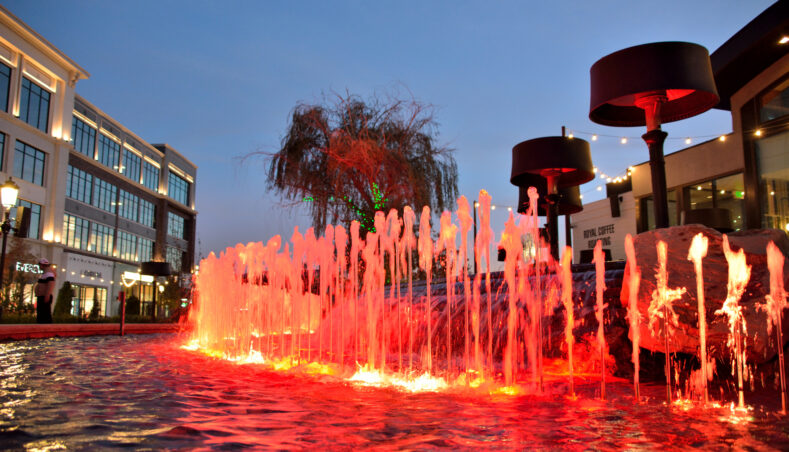The Rise of AI: What it Means for Developers, Designers & Builders
Posted in Insights -

Artificial Intelligence isn’t just for tech giants anymore. It’s quietly (and quickly) becoming one of the most powerful tools in commercial real estate—and not just in back offices. From picking the perfect site to designing more efficient buildings and keeping construction projects on track, AI is helping CRE professionals work smarter at every stage.
We believe the machine learning capabilities of our Aquarius Interactive™ AI technology will help our clients’ businesses in ways they can’t yet imagine. Here are three ways AI is already reshaping the landscape for developers, architects, landscape designers, and contractors:
1. Finding the Right Site—Faster
Forget endless spreadsheets and zoning research. AI-powered platforms can now analyze tons of data—from traffic patterns and demographic shifts to land use rules—to help developers zero in on the best locations. Some tools even predict the economic viability of a project based on current market trends. It’s like having a virtual development analyst working 24/7.
Developers are using AI-powered platforms to evaluate potential sites with unprecedented speed and precision. Tools like CityBldr, Reonomy, and Local Logic synthesize zoning codes, demographic trends, transit access, and parcel-level data to identify ideal locations and predict development outcomes. AI can simulate years of comps and urban growth patterns in seconds—reducing predevelopment risk and surfacing off-market opportunities others miss.
2. Smarter Design, Instantly
Architects and landscape architects are tapping into AI tools that can generate design options almost instantaneously—showing how sunlight, wind, noise, or site slope will impact a building or outdoor space. Want to know the best layout for a mixed-use development? Or which plants will thrive while reducing water use? AI can model it all before anyone sketches a line.
Generative AI platforms like TestFit and Spacemaker allow design teams to instantly generate multiple site plans or building configurations based on constraints such as sunlight, wind, topography, or unit mix. For landscape architects, AI is enabling more climate-resilient designs—leveraging local environmental data to recommend plant palettes and stormwater management strategies. The result: better aesthetics, performance, and cost control.
3. Fewer Delays, Safer Jobsites
On construction sites, AI is helping keep projects on time and on budget. Smart software can spot scheduling conflicts early, suggest better ways to sequence work, and even flag safety issues using on-site cameras. The result: less waste, fewer delays, and more predictable outcomes. McKinsey estimates that generative AI and related technologies could potentially automate tasks that currently take up 60 to 70 percent of employees’ time.
General contractors are integrating AI into project management systems to optimize timelines, reduce waste, and detect risks early. AI tools like ALICE Technologies and Buildots analyze scheduling data, detect potential delays, and suggest more efficient sequencing. On-site cameras powered by computer vision even flag safety violations in real-time—minimizing costly incidents.
The Bottom Line
AI isn’t replacing CRE professionals—it’s giving them better tools to make faster, more confident decisions. Whether you’re scouting a site, designing a building, or running a jobsite, the technology is here to help you do it all more efficiently.
Featured Articles
- Getting to Know Devin Schumacher, Director of Field Operations
- Building with Purpose: 5 Best Practices for Construction Efficiency
- Together We Innovate: Sparking Creativity in Your Team
- Top 3 Wellness Trends Shaping the Built Environment
- The Rise of AI: What it Means for Developers, Designers & Builders